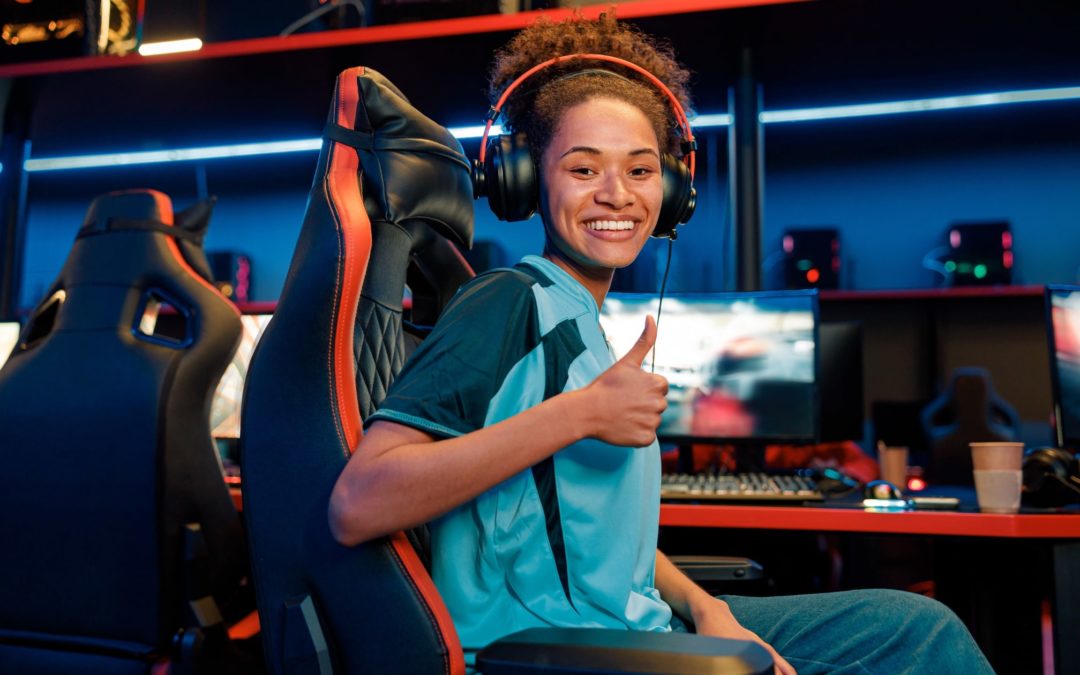While women represent nearly 45% of video game players worldwide, their presence in esports does not come close to a proper ratio. Women have and still do compete at the highest level and find success. Sasha “Scarlett” Hostyn won a Starcraft II tournament in 2012. Chinese Hearthstone player Li “Liooon” Xiaomeng was the Hearthstone World Champion in 2019. The exploits of these women are not statistical outliers. They are proof that women have the capacity to compete at the highest levels and win. Unfortunately, the progress of these women is often marred by the boys club that esports can be. As the gaming world embraces inclusivity, encouraging and supporting women in the esports space will show that women drive the space’s future.
Historically, advertisers and sponsors have invested more into male players. Sponsoring a male competitor is a safer bet as it lines up with spectators’ expectations of a professional gamer. As female gamers and streamers continue to accelerate their personal brands and accolades, it becomes harder for sponsors to ignore them. G2 Esports now touts an all-female League of Legends squad. Advertisers are more willing to sponsor female players, which leads to higher growth of women participants in the scene. Benefit Cosmetics worked with female gaming personalities to develop beauty routines. The networking app Bubble partnered with the first all-female Fortnite team in 2019. Advertising with female streamers and gamers helps capture the increasingly growing audience of casual female players.
Considering the ratio of female to male gamers, the subsequent ratio of female to male competitors speaks to greater issues. Esports communities are full of women that generally do not get their chance to shine. The Super Smash Brothers scene spent the summer of 2020 ousting many of the predators within the scene, who also happened to be some of the game’s top players. Women disproportionately are the victims of sexual abuse and violence at the hands of men, and it was no different within the Smash community. The bravery of women in the scene speaking out against top players and commentators when they had everything to lose is an act of strength. These events demonstrated that the Smash community is full of women, and these women have been extremely mistreated by the men that are the faces of the industry. These women risked their reputations and faced their shame for the safety of the community. Their hope is that the future female players within the scene are better protected. As so many women spoke out, the amount of women in the scene was apparent. And the snuffing and diminishing of their voices through the sexual violence speaks to the work the community still needs.
The women of esports have always been there. Regardless of if they are winning on the grand stage, attending locals, or commentating and tournament organizing, women exist in these spaces. The esports community as a whole owes it to these women to be a welcoming, safe, and inclusive space. Dismantling the assumption that only men compete professionally will lead to a better future for all players. Women in successful places tend to be role models to those that are striving below them, regardless of if they mean to be.
Worth noting as well is the trans women that blazed trails in gaming, like the aforementioned Scarlett. Melee player Sasha “Magi” Sullivan acknowledged the way the scene is safer now than it was. Feeling accepted as a trans woman in the scene was easier due to the strides made by Scarlett and Capcom fighting game savant Ricki Ortiz. Cis or trans, women have been playing games for as long as games have existed.
A victory for any woman in the space is shared.

